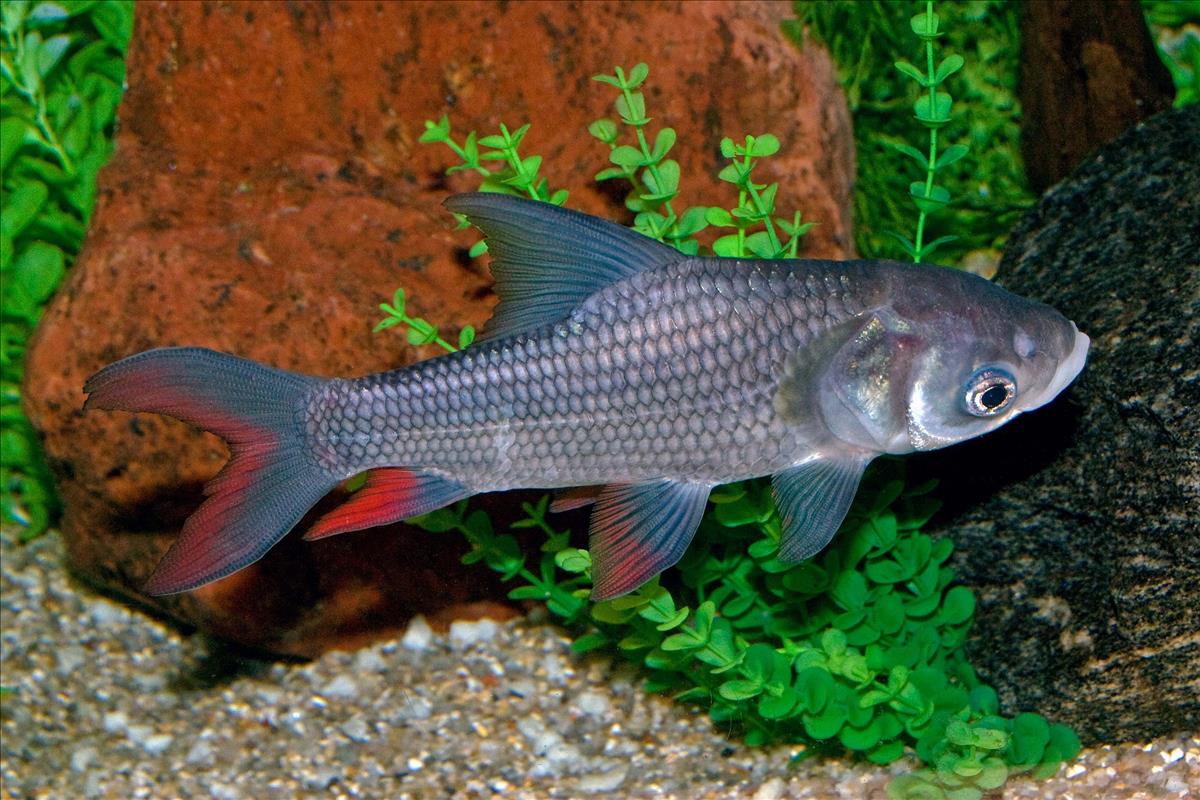Alerts
Please be advised that our bird aviaries are open!
Your Toronto Zoo is committed to the health and safety of the animals in our care. We take proactive steps to protect our birds from Avian Influenza which has been confirmed in a wild bird in southern Ontario, and some birds may still be off display.
Please note Splash Island is still closed and will not open until July due to unforeseen delays in construction. Please watch for updates on https://www.torontozoo.com/tz/splash or on our social media pages. Thank you!
Please note the following animals are currently not on display due to various reasons including Avian Bird Flu, and Covid-19 sensitivity:
- Flamingo, peacock, owl, bald eagle, and aviaries
- Some Kids Zoo Animals
- Cougar
- Moose
- Kangaroo walk through (kangaroos are still visible)
- Axolotl
We apologize for the inconvenience!


Fish
Location at the Zoo:
Indo-Malaya
Region: Indomalaya
Mekong barb
The Mekong barb is also known as the giant Siamese carp. This giant barb is the world’s largest species of carp. They have been known to reach 300 kilograms. However, 100 kilogram specimens have become exceptionally rare in recent years. They can reach a length of up to three metres. They are covered in very large dark silver grey to black scales with lighter grey, dark blue or dark green edges. They have dark to black fins and tails. The head and mouth are very large. The large mouth has pink lips and the cheeks are light to cream coloured.Conservation Status: IUCN
